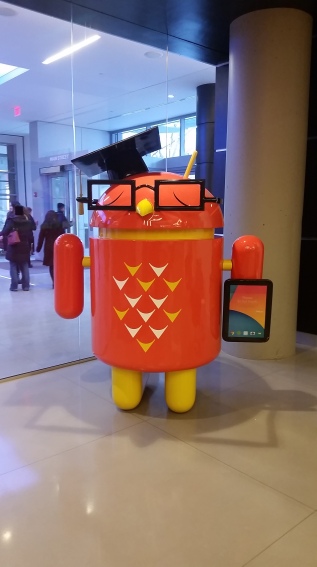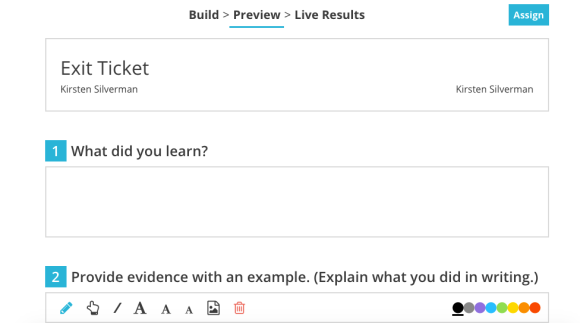I found myself at Google last Friday. A wonderful organization, Ed Tech Teacher, along with Google organized a Jamboree for about 200 educators. We had the opportunity to he ar from Googlers (Google employees) as well as amazing technology educators (including Jenny Mageria…check out her blog!).
ar from Googlers (Google employees) as well as amazing technology educators (including Jenny Mageria…check out her blog!).
The last hour of our day was spent listening to a panel of Googlers answer questions. The questions were mostly about the working culture at Google. While some of my colleagues felt as like they were bragging, I heard some really easy things that make an exciting working and learning environment.
1. Everyone’s ideas are heard.
A young software engineer talked extensively about her early weeks on the job. She initially felt intimidated and learned quickly that this was a place where her questions would be heard. When she asked a question everyone turned to listen to her. This made her realize her opinions mattered.
After Google’s recent decision about Blogger, Google held town meeting style forums for Googlers to ask questions about the decision. The forums lasted for hours and allowed everyone to feel heard.
This takes no money. This is part of a culture where people want to come to work because they feel like they are part of something larger than themselves.
2. You are asked to step outside your comfort zone on a regular basis. You never feel like you know exactly what you are doing.
Several of the Googler talked about being kept on their toes. They are asked to do things that require them to solve problems. Their job descriptions change occasionally and they are constantly learning and growing. In a company setting where you are trying to get the most from your employees it is clear you will get more if they are kept on the verge of comfort. At first this sounds like an awful situation, but after teaching sixth grade math for so many years it is easy to see how this would be a positive. Many teachers teach the same topic and grade level for year after year. There is always a greater learning curve when something is new. The same is true with our students. If we can keep them challenged then we will see more from them.
3. The best way to deal with change is cause it.
The world of technology changes so fast and all the Googlers must keep up with it. They have found that the best way to deal with it is to be on the leading edge. What would this look like outside the walls of a company? It would be children doing great things like this. How do we inspire our students to create and make something better for themselves? How do we get students to stand on our shoulders, use what we know as their teachers, and put it together into something great?
Overall, I had a great day at Google. There are many other takeaways that could be applicable to a education setting. The culture we create in our schools is the culture our students emulate. If we have a culture of collaboration and creation our students begin to mimic it.


 ar from Googlers (Google employees) as well as amazing technology educators (including Jenny Mageria…check out her
ar from Googlers (Google employees) as well as amazing technology educators (including Jenny Mageria…check out her